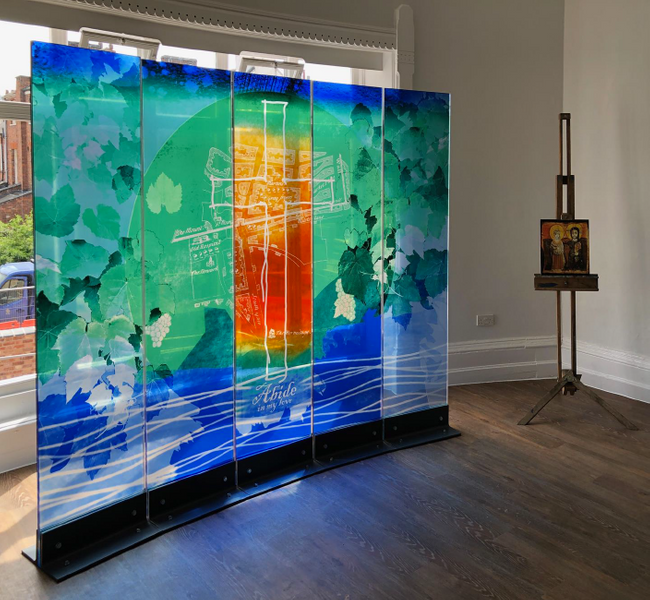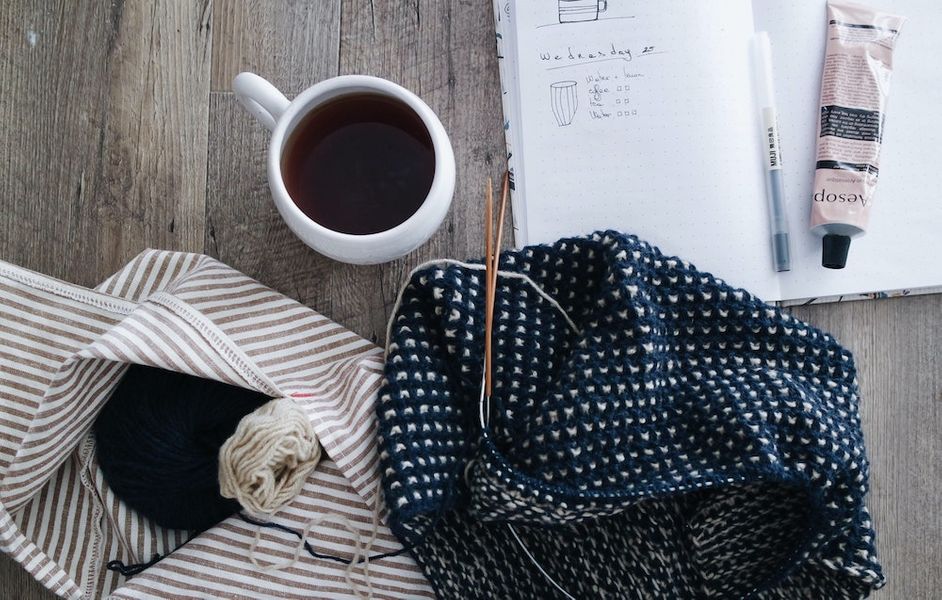To launch a new series of online grow-your-own courses, gardening journalist, author and tutor, Kim Stoddart offers essential tips on seed saving.
Growing some of your own fruit and vegetables has never been more popular. In our lockdown living reality, the opportunity to nurture a seed into a plant into food you can bring to the table is incredibly nourishing, rewarding and magical almost. Which is why sharing this experience on my online and real-life grow your own food courses is an important strand of what I do. In a world that feels somewhat out of control this is something we can do for ourselves, that is within our grasp, as concerns over food security abound.
 Homegrown tomatoes
Homegrown tomatoes
 Dinner is fresh from the garden
Dinner is fresh from the garden
So much of gardening is made out to be a lot more complicated than it in reality need be. Even the back of a seed-packet can be overwhelming with all the exacting instructions therein. Now, with gardening websites struggling to meet the tsunami-like demand as shoppers turn from stockpiling tinned goods and loo roll, to packets of seed and compost, there has never been a better time to look at saving some of your own...
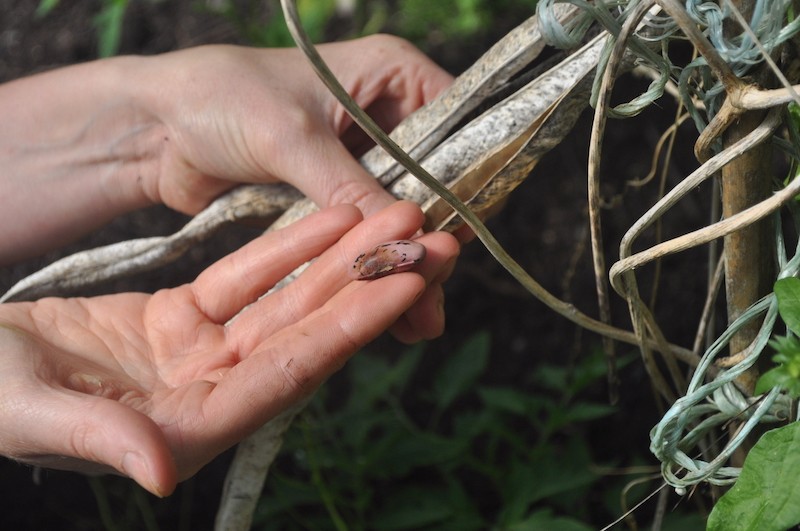 Saving bean seeds
Saving bean seeds
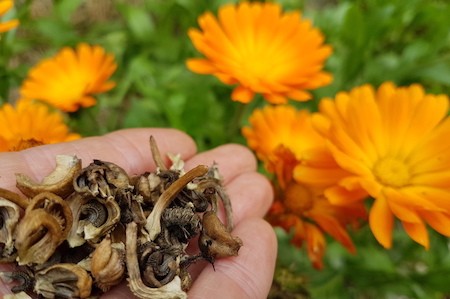 Saving calendula seeds
Saving calendula seeds
Even for the complete beginner it’s perfectly feasible and easy to do for yourself. Seed saving actually used to be an ingrained part of the traditional gardening calendar before we all got so used to buying everything in. Producing some of your own is empowering and enriching to boot.
Also from a climate change perspective, in doing so you are collecting seed which has become more adapted to your own individual back yard, allotment or window-sill, so it potentially offers more resilience as a result.
Whether you’re new to this entirely, or have dabbled already in the past, here’s a look at just some of easiest produce to save from this year:
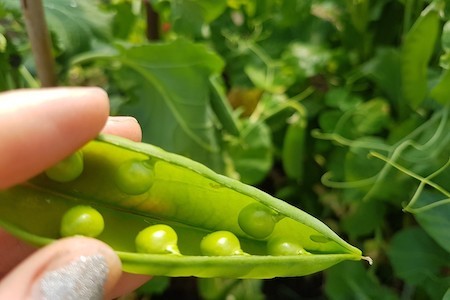
Fresh from the pod
Peas
Peas are 'self fertile' which means they don’t cross with any others so once you’ve harvested some lovely pods, leave a few to fatten up on the plant for saving. Once the pods have turned yellow, remove and allow the pea (now seed) to dry before storing away in paper envelopes for next year.
Easy peasy!
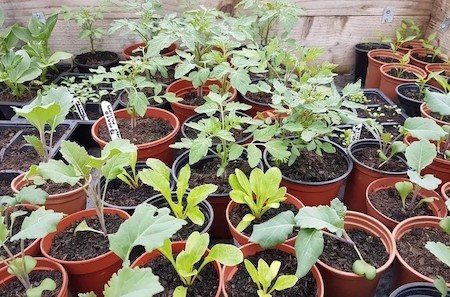
Seedlings coming along
Rocket
This lovely salad leaf will readily flower and set seed at the drop of a hat and allowing some to do so will provide you with your own future supply. After flowering, the plant will provide thumb-sized pods and you’ll want to leave these to develop with the seeds within. You can either allow the plant to spread the seed naturally on the ground for self seeding rocket, or remove it, empty out the seed and allow it to dry before storing.
Calendula
Select a couple of flowers to allow to the flower heads to fully develop, go past and turn papery and brown. To collect the seeds place a bag or tray under the flower head and brush it with your hand. Save the seed in a paper bag and airtight container somewhere cool and dry.
Lettuce
With a lot of salad leaves you can keep picking and picking again, for a longer served supply of luscious leaves. If you allow the plant to grow tall and flower, then in a short time after it will produce lots of seed. Remove this to dry for more home grown no-cost seed.
Parsley
If you have any parsley growing from last year, leave it to flower and set seed (which as a biennial, it will do in its second year). This lovely herb can be rather tricky to germinate from seed so by allowing it to produce its own, it can be much easier all round. I prefer to let the seed scatter naturally in reward for lots of fabulous seedlings for free in the surrounding ground.
 Cut and come again ground cover lettuce
Cut and come again ground cover lettuce
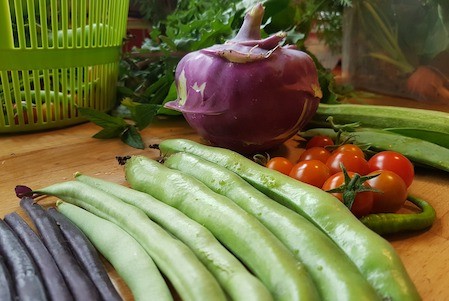 Gathering homegrown vegetables
Gathering homegrown vegetables
Tips for success
1. Choose the best looking examples you can.
This way you are ensuring the best genetic traits in the seed you produce for the following season.
2. Seed saving will work with the exception of any seed which is labelled F1 on the packet.
This is because F1 indicates the seed has been created from different parentage so the resulting seed for you would not be the same as that supplied in the packet.
Kim Stoddart is a popular gardening journalist on The Guardian newspaper and Editor of The Organic Way magazine. Kim has been running workshops and courses since 2014 from her training gardens as well as around the UK for everyone from Kirsty Allsopp's handmade festival to the National Botanic Gardens of Wales. Kim is also the author of The Climate Change Garden Book.

